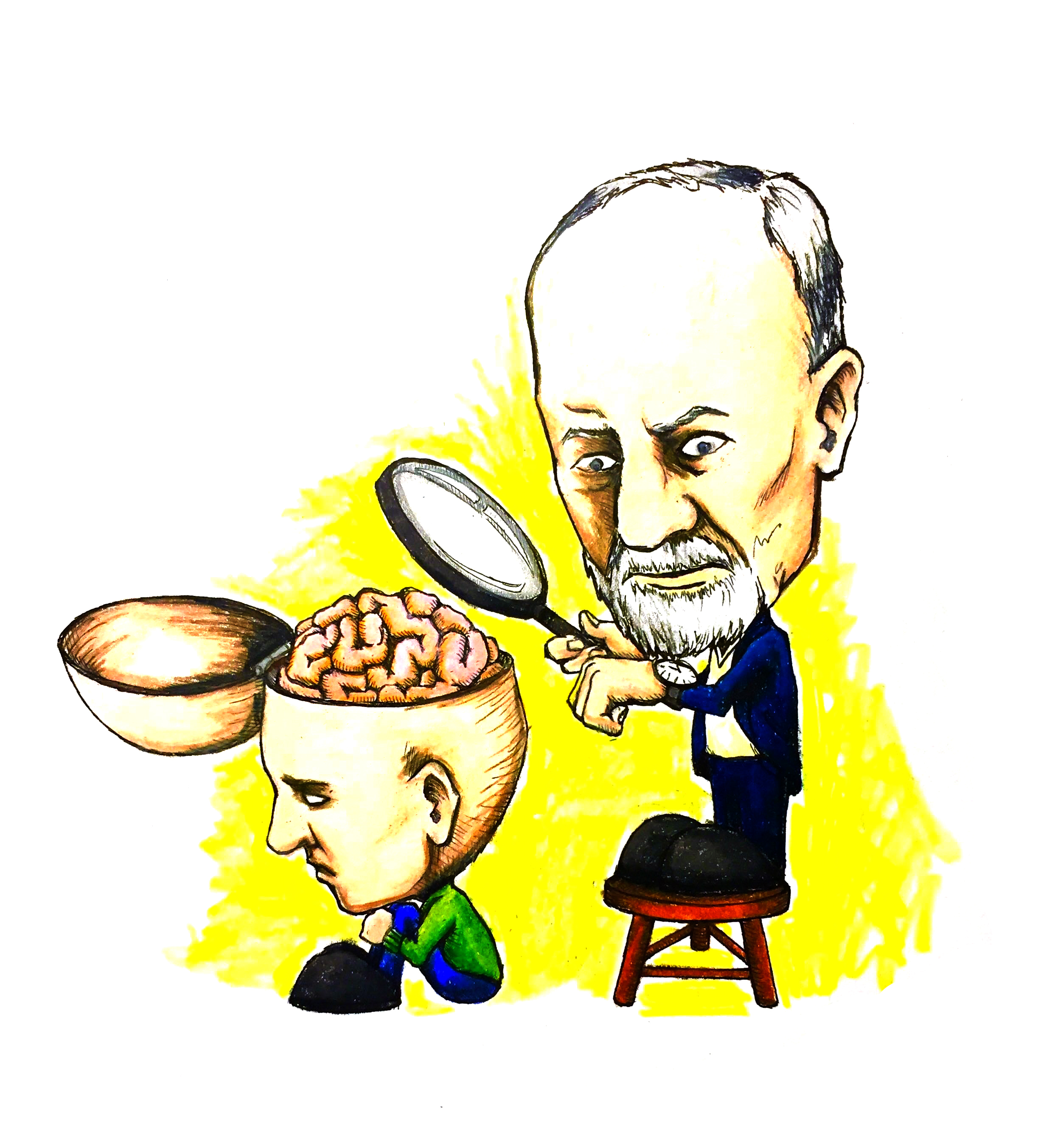
A new Yale co-authored study, published last month in the journal Frontiers in Psychology, has challenged the dominant theory related to psychopathy and exposed a need for future research to ascertain the condition’s causes.
The low-fear model, the dominant theory on psychopathy, relates psychopathy to deficiencies in a set of neurons in the brain called the amygdala, said Christine Larson, professor of psychology at the University of Wisconsin–Milwaukee and co-author of the paper. The model goes on to hypothesize that this deficit causes psychopaths to experience little to no fear during times of stress, which leads to some of the behaviors classically associated with the condition, such as recklessness and deceitfulness. The new paper refutes this claim as overly simplistic, arguing that the amygdala deficiencies alone do not explain psychopathy, said Arielle Baskin-Sommers, professor of psychology at Yale and co-author of the paper.
“We know that psychopaths respond to fear in different ways, but it might not be because they are inherently fearless,” Baskin-Sommers said. “We believe that the more complex information processing in the brain may be responsible.”
The researchers ran a variety of diagnostic tests on 66 prisoners in southern Wisconsin to measure fear responses. In order to ascertain fear responses, the researchers used a technique called fear conditioning, where a negative stimulus is immediately given after a neutral stimulus, until the two become associated in the mind of the subject, said Doug Schultz, a postdoctoral fellow at Rutgers University and paper co-author. In this experiment, the subjects were shown a neutral, fragmented image — including two grayscale fractal images — which was then paired with an electric shock. Data regarding brain activity, and various indicators of fear and anxiety were measured, Baskin-Sommers said. The degree to which the subjects experienced anxiety and fear of the painful shock when presented with the neutral image revealed whether their fear responses were standard or abnormal, she added.
The researchers studied individuals who fit the classifications of primary or secondary psychopaths. Primary psychopaths tend to show lower levels of trait anxiety, meaning they do not experience anxiety as often or to the same degree as most people. It is believed that there is often a genetic component at the root of primary psychopathy, Schultz said. Secondary psychopaths show higher levels of trait anxiety, indicating that they may have developed psychopathy, possibly as a response to traumatic events, he continued.
In the past, research conducted did not account for the differences between primary and secondary psychopaths when ascertaining the roots of the condition, and as a result, inaccurate generalizations were made, he added.
“We first need to clarify the differences between primary and secondary psychopaths, so we can understand the condition better,” Schultz said. “A long-term goal is to find what it is in the brain that causes the condition, so we can target and treat to rehabilitate these people and try to improve their lives.”
Contrary to the low-fear model, amygdala activation was found in psychopaths across the board, which further proves that deficiencies in that area of the brain alone are not responsible for psychopathy, Schultz said. Additionally, the results revealed that secondary psychopaths tend to have enhanced activity in areas of the brain involved in fear inhibition, which was somewhat consistent with the low-fear model. However, primary psychopaths tended to show more activity in regions of the brain involved in fear expression, Schultz said. While it is still unclear what it is in the brain that causes the condition of psychopathy, now that the old model has proved to be inconsistent with the results of multiple studies, all the researchers agreed that there is a need for future work examining the scientific explanation for psychopathy.
The most common test for classifying psychopaths is the Psychopathy Checklist-revised, a 20-item inventory of personality traits and recorded behaviors.







